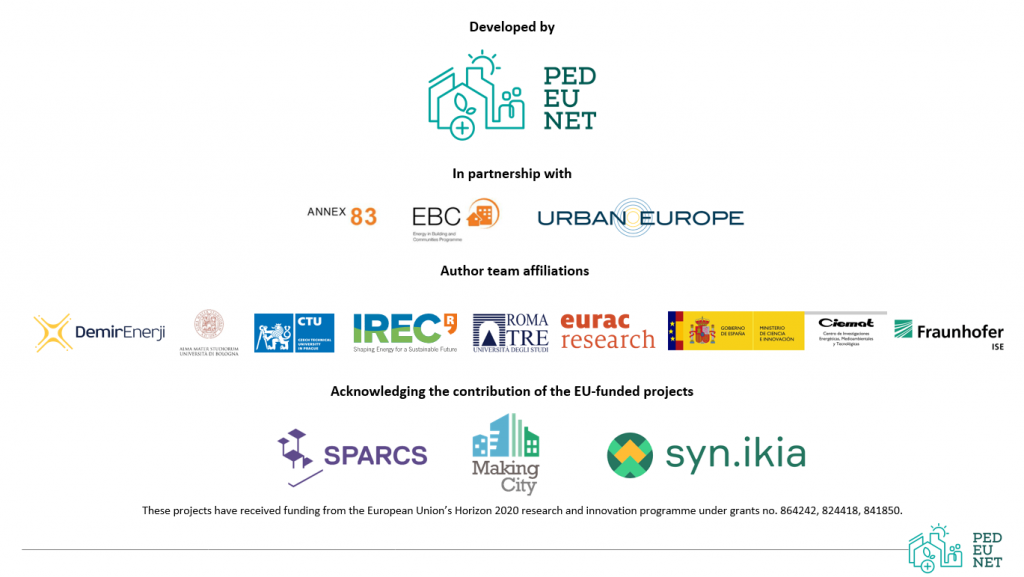| D1P001: Name of the project | |
| D1P001: Name of the project | CSP - Cascais Smart Pole |
| D1P002: Project assigned code | |
| D1P002: Project assigned code | 01_Call#4_CascaisSmartPolebyNovaSBE |
| D1P003: Start date | |
| D1P003: Start date | 04/20 |
| D1P004: End date | |
| D1P004: End date | 04/24 |
| D1P005: Ongoing project | |
| D1P005: Ongoing project | No |
| D1P006: Funding programme/financing model | |
| FP7/H2020/HEU/DUT | no |
| Interreg | no |
| National funding | no |
| Public-Private Partnership - please specify | no |
| Other | yes |
| D1P006: Other | EEA GRANT 01_Call#4_CascaisSmartPolebyNOVASBE |
| D1P007: Estimated project costs (Mill. €) | |
| D1P007: Estimated project costs (Mill. €) | |
| D1P008: Description of project objectives/concepts | |
| D1P008: Description of project objectives/concepts | The Cascais Smart Pole (CSP) Project aimed to create a living lab to test and implement innovative solutions, some of which aligned with the Positive Energy District (PED) concept. The project combined technical, social, economic, political, and environmental objectives to address climate challenges, improve urban sustainability, and foster community engagement. Technically, CSP focused on renewable energy generation, energy efficiency improvements, and the deployment of smart systems like carbon footprint calculators and energy monitoring tools. Socially, the project prioritized citizen engagement through workshops and educational campaigns to encourage behavioral change and public participation. Most importantly, it laid the groundwork for the creation of Renewable Energy Communities (RECs), marking the starting point for this follow-up phase of the project. Economically, CSP sought to reduce energy costs, promote circular economy models, and leverage financial incentives for sustainable solutions. Politically, it aligned with Cascais' 2050 Carbon Neutrality Roadmap and national decarbonization strategies. Environmentally, CSP prioritized reducing greenhouse gas emissions, improving air quality, and integrating nature-based solutions. |
| D1P009: Description of project upscaling strategies/potential | |
| D1P009: Description of project upscaling strategies/potential | The CSP Project adopts a living lab methodology to test, validate, and refine innovative solutions that can be scaled, replicated, and adapted to various contexts. By integrating technical solutions like energy monitoring systems, Renewable Energy Communities (RECs), and smart mobility tools, CSP provides a flexible framework for addressing diverse urban challenges. The methodology consists of community co-creation (citizen and stakeholder engagement in design, implementation, and feedback processes to ensure adaptability and social acceptance); pilot testing (using Cascais as a real-world laboratory to gather insights under specific social, geographical, and economic conditions); scalability and replication (developing flexible and adaptable models like Renewable Energy Communities (RECs), replicable technical tools such as carbon footprint calculators, mobility information hubs, energy monitoring systems, smart irrigation systems for efficient water use, and circular strategies for waste management like biodiesel production and composting); knowledge sharing (workshops, reports, and digital tools to enhance transparency and encourage replication in other regions); and policy and stakeholder alignment (integrating solutions with local, national, and European policies while fostering public-private collaborations for broader adaptation). |
| D1P010: Number of PED case studies in the project | |
| D1P010: Number of PED case studies in the project | 0 |
| D1P011: Case Study | |
| D1P011: Case Study | |
| D1P012: Description of project expected impact | |
| D1P012: Description of project expected impact |
|
| D1P013: Standardization efforts | |
| D1P013: Standardization efforts | The CSP Project engaged in a standardization process by defining key indicators, targets, and thresholds to achieve its sustainability objectives and measure progress effectively. Examples include monitoring indoor air quality, with CO2 levels capped at 800 ppm as a threshold for acceptable conditions, and setting waste reduction targets through the Pay-as-You-Throw (PAYT) system, which incentivized recycling and reduced waste. In energy and water efficiency, Renewable Energy Community(REC) which is planned at the site should provided measurable improvements in local energy production and consumption and be replicable in other contexts, while smart irrigation systems contributed to water conservation by tracking and optimizing daily usage. These metrics were integrated into digital tools like carbon footprint calculators and energy monitoring platforms, enabling real-time measurement, testing, and examination of outcomes. The project adopted a systematic approach to standardization by ensuring that the procedures for measurement and evaluation were adaptable and iterative. |
| D1P014: Sources | |
| D1P014: Sources | |
| D1P015: Can you specify a suitable contact person regarding the load-management approach within your PED project? | |
| Name | Mariana Sardinha |
| mariana.sardinha@get2c.com | |
| D1P016: Would you be willing to share data from your PED project for research purposes? | |
| D1P016: Would you be willing to share data from your PED project for research purposes? | Yes |

Authors (framework concept)
Beril Alpagut (Demir Energy); Giulia Turci (University of Bologna); Michal Kuzmic (Czech Technical University in Prague); Paolo Civiero (Università Roma Tre); Serena Pagliulia (University of Bologna); Oscar Seco (CIEMAT); Silvia Soutullo (CIEMAT); Daniele Vettorato (EURAC Research, IEA Annex 83); Bailador Ferreras M. Almudena (CIEMAT); Vicky Albert-Seifried (FHG ISE)
Contributors (to the content)
Laura Aelenei (LNEG), Nienke Maas (TNO), Savis Gohari (OsloMet), Andras Reith (ABUD), Ghazal Etminan (AIT), Maria-Beatrice Andreucci (Universita Sapienza), Francesco Reda (VTT, IEA Annex 83), Mari Hukkalainen (VTT), Judith-Borsboom (Locality), Gilda Massa (ENEA), Jelena Ziemele (University of Latvia), Nikola Pokorny (CVUT), Sergio Diaz de Garayo Balsategui (CENER, IEA Annex 83), Matthias Haase (ZHAW, IEA Annex 83), Christoph Gollner (FFG, JPI UE), Silvia Bossi (ENEA, JPI UE), Christian Winzer (Zurich University of Applied Science), George Martinopoulos (Centre for Research and Technology Hellas), Maria Nuria Sánchez (CIEMAT), Angelina Tomova (Energy Agency of Plovdiv), Oya Tabanoglu (Demir Enerji), Jelena Brajković (University of Belgrade), Juveria Shah (Dalarna University), Michela Pirro (ENEA), Francesca Sabatini (University of Bologna)
Implemented by
Boutik.pt: Filipe Martins, Jamal Khan
Marek Suchánek (Czech Technical University in Prague)